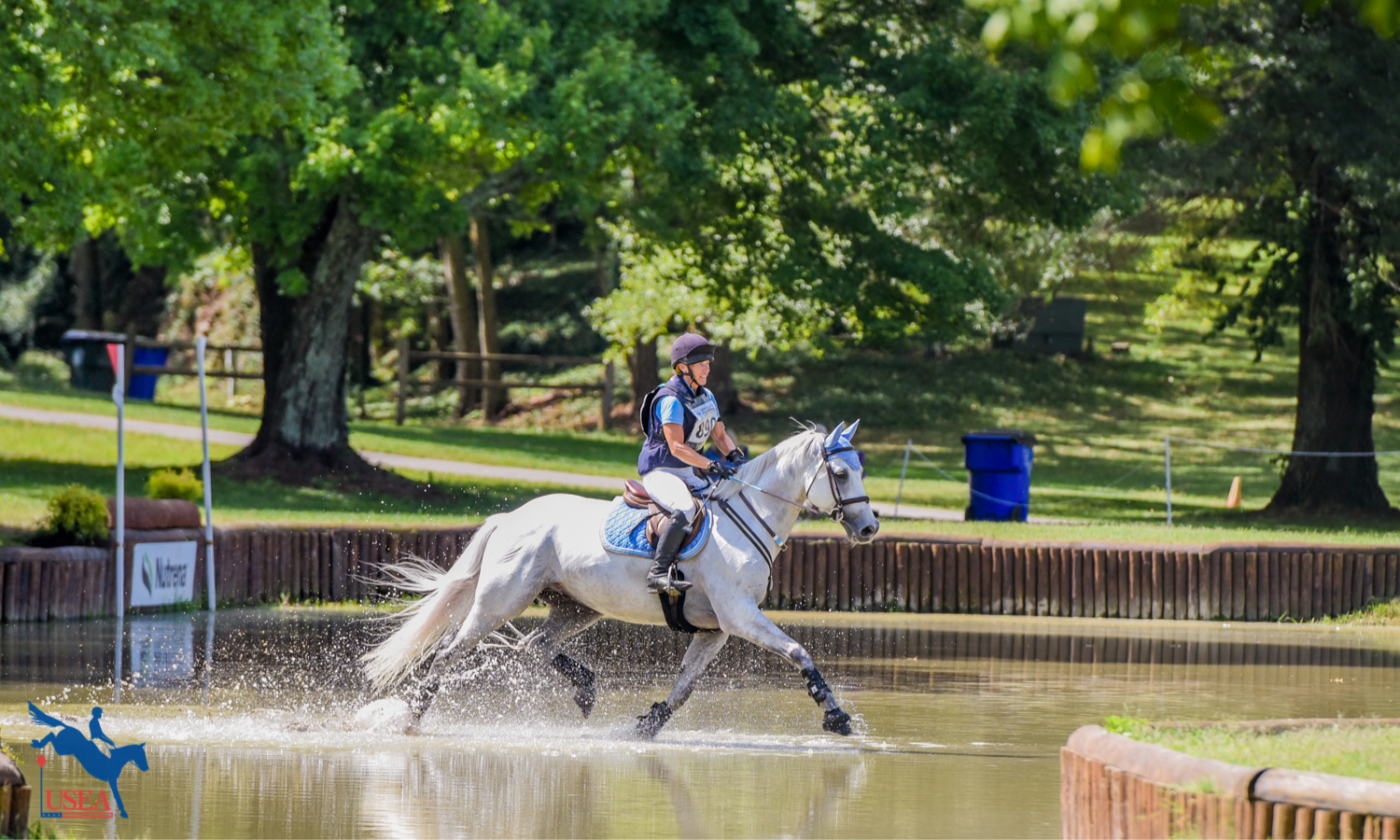Steeplechase Racing Mechanics and Techniques

Steeplechase racing, a thrilling equestrian sport, presents unique challenges and demands for both horse and rider. Unlike flat racing, the course features a series of obstacles, demanding exceptional athleticism, strategy, and horsemanship. This section delves into the mechanics and techniques that define this demanding sport.
Obstacles and Their Impact
Steeplechase obstacles, such as fences, water jumps, and banks, significantly impact the race’s dynamics. The obstacles force horses to jump, requiring exceptional athleticism and coordination. These jumps introduce significant risks, as falls are common, leading to potential injuries for both horse and rider. The obstacles also create strategic considerations, as jockeys must carefully plan their approach and navigate the course effectively.
Jockey Techniques and Strategies
Steeplechase jockeys employ specialized techniques and strategies to overcome obstacles and maintain their horse’s momentum.
- Approaching Obstacles: Jockeys must judge the distance to the obstacle and guide their horse to the optimal approach. They use a combination of reins, leg pressure, and voice commands to steer the horse toward the takeoff point.
- Jumping Technique: Jockeys must maintain a balanced position and use their body weight to assist the horse in clearing the obstacle. This requires a combination of strength, flexibility, and timing. The jockey’s weight and balance influence the horse’s jump, ensuring a smooth and efficient takeoff and landing.
- Navigating the Course: Steeplechase courses often include tight turns and challenging terrain, demanding precise navigation skills. Jockeys must be able to anticipate changes in the course and adjust their horse’s speed and direction accordingly.
- Strategic Positioning: Jockeys must consider the placement of obstacles and their impact on the race’s flow. They must decide whether to jump early or late, depending on the obstacle’s height and their horse’s jumping ability.
Horse Training and Physical Demands
Steeplechase horses undergo rigorous training regimens to prepare for the unique demands of the sport.
- Jumping Training: Horses are trained to jump over a variety of obstacles, gradually increasing the height and complexity. This training emphasizes strength, agility, and coordination.
- Course Familiarization: Horses are familiarized with the specific obstacles and terrain of the racecourse, allowing them to become comfortable with the challenges ahead. This training reduces the risk of hesitation or spooking during the race.
- Endurance Training: Steeplechase horses must possess exceptional stamina to handle the long distances and challenging terrain. This requires specialized training programs that build muscle strength, cardiovascular fitness, and respiratory capacity.
Comparison with Other Racing Disciplines, Steeplechase
Steeplechase horses differ significantly from horses trained for other racing disciplines. Flat racing horses focus on speed and acceleration, while thoroughbreds in other disciplines like show jumping emphasize jumping ability. Steeplechase horses require a unique combination of speed, endurance, and jumping ability, making them a versatile breed.
Steeplechase Racing Culture and Tradition

Steeplechase racing, with its unique blend of speed, agility, and endurance, is not just a sport; it’s a cultural phenomenon with deep roots in history and tradition. From its origins in Ireland to its global appeal today, steeplechase racing has fostered a vibrant community of enthusiasts, participants, and spectators who share a passion for this thrilling equestrian discipline.
Historical Context and Origins
Steeplechase racing emerged in 18th century Ireland, where riders would race across the countryside, using church steeples as landmarks. These early races were often informal and haphazard, but they laid the foundation for the organized and structured steeplechase events we see today. The sport’s popularity spread throughout the British Isles and eventually to other parts of the world, including the United States, where it gained significant traction in the late 19th century.
Prominent Steeplechase Races and Traditions
- The Grand National Steeplechase in England, held annually at Aintree Racecourse, is one of the most famous and prestigious steeplechase events in the world. The race, known for its challenging course, which includes 30 fences, has become a cultural icon in Britain, attracting millions of viewers worldwide.
- The Cheltenham Gold Cup, another prestigious steeplechase race held in Cheltenham, England, is a highlight of the Cheltenham Festival, a four-day event that draws thousands of spectators and is a major fixture in the British racing calendar.
- The Maryland Hunt Cup, held in Glyndon, Maryland, is the oldest and most challenging steeplechase race in the United States. Known for its demanding course and its rich history, the Maryland Hunt Cup is a coveted victory for both riders and horses.
Community and Camaraderie
Steeplechase racing has a strong sense of community and camaraderie, fostering a shared passion among participants, trainers, and fans. The sport’s inherent risks and challenges create a bond of respect and admiration among those involved. The tradition of steeplechase racing often extends beyond the racetrack, with enthusiasts gathering for social events, charity fundraisers, and other activities that strengthen the community spirit.
Steeplechase is a thrilling event, demanding a unique combination of endurance and agility. The barriers, water jump, and long distances test the limits of human potential. While the steeplechase requires a focus on running, the discipline of pole vaulting, as exemplified by nina kennedy , offers a parallel insight into the dedication needed to excel in any athletic pursuit.
Steeplechase, much like pole vaulting, is a testament to the human capacity to push boundaries and achieve remarkable feats.
Steeplechase, a grueling test of endurance and agility, demands a unique blend of speed and stamina. While the hurdles present a physical challenge, the water jump adds an element of unpredictability. It’s a testament to the diversity of athleticism that athletes like nina kennedy , renowned for their prowess in pole vaulting, can excel in such a different discipline.
The steeplechase is a captivating event, showcasing the sheer determination and athleticism required to overcome obstacles and conquer the course.